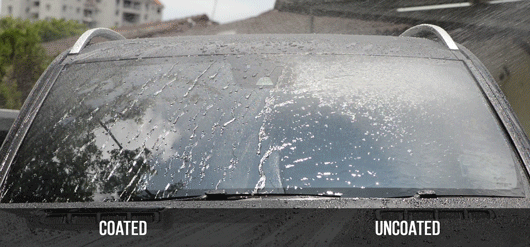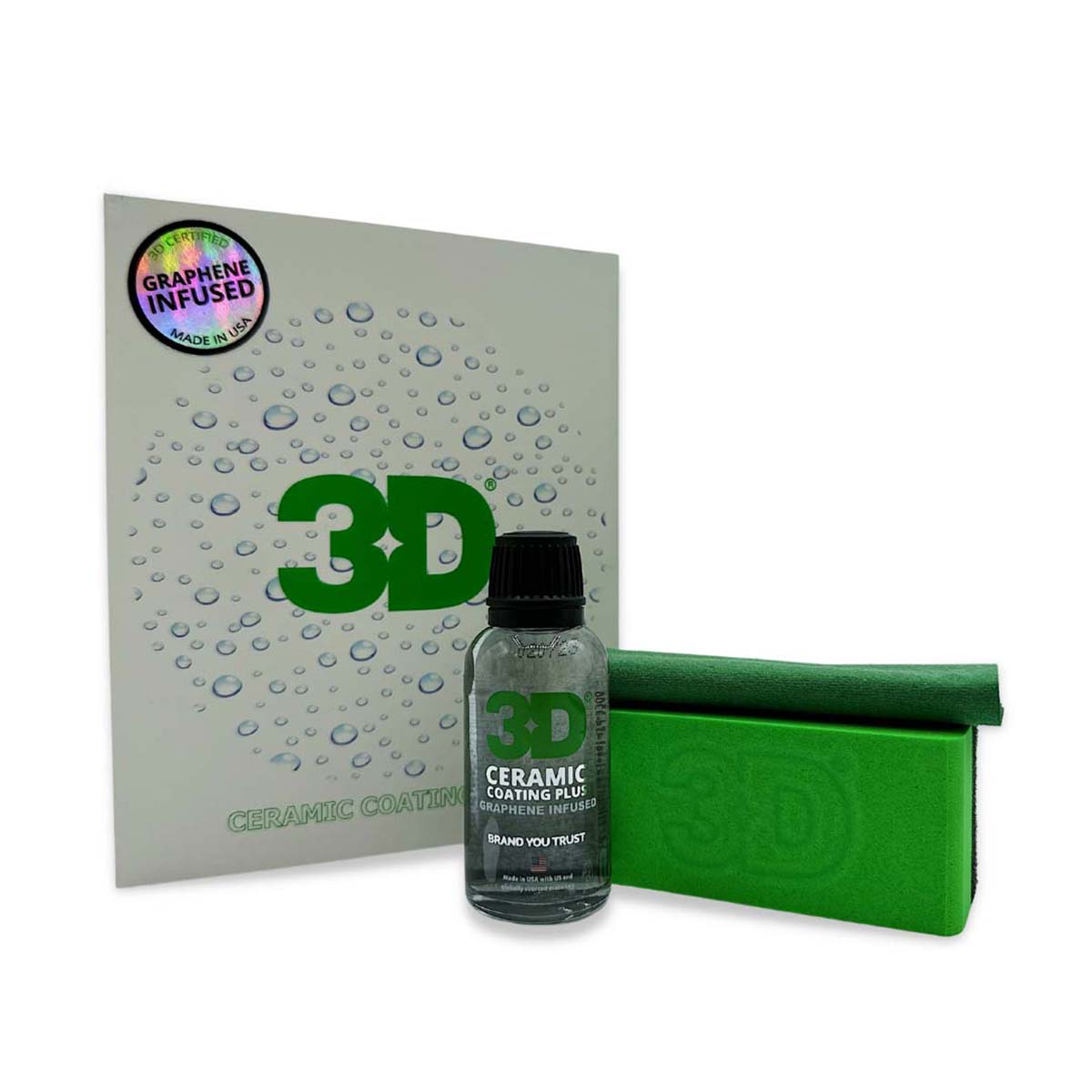The Role of Ceramic Coating Philadelphia in Avoiding Scratches and Damage
The Role of Ceramic Coating Philadelphia in Avoiding Scratches and Damage
Blog Article
Why Ceramic Finish Is the Ultimate Option for a Remarkable Finish
Ceramic layer has actually arised as a leading option for those looking for a flawless finish for their lorries, many thanks to its impressive toughness and protective attributes. What variables absolutely established ceramic covering apart?
What Is Ceramic Layer?

When used properly, ceramic layer creates a hydrophobic surface that wards off water and dirt, making it less complicated to keep and cleanse. Unlike conventional waxes or sealants, which typically supply short-lived defense, ceramic layers can last for several years, relying on the product top quality and application method. The procedure of using ceramic layer needs precise preparation, consisting of thorough cleaning and occasionally repaint modification, to make certain optimal bonding and effectiveness.
Ceramic layers are not limited to vehicle surfaces; they can additionally be made use of on numerous materials, including glass, metal, and plastics, offering a flexible service for improving security. In general, ceramic finish represents a significant improvement in surface area protection technology, combining both useful and visual benefits for a large range of applications.
Benefits of Ceramic Coating
While numerous surface protection choices exist, the benefits of ceramic finish attract attention as a result of its special residential or commercial properties and lasting efficiency. Among the primary advantages is its remarkable longevity. Ceramic Coating Philadelphia. Unlike traditional wax or sealants that require frequent reapplication, ceramic finishes give a durable layer that can last for numerous years, dramatically reducing maintenance efforts
An additional remarkable advantage is enhanced security versus ecological pollutants. Ceramic finishings produce a hydrophobic surface area that wards off water, dirt, and various toxins, making it much easier to cleanse. This attribute not only protects the vehicle's look but additionally minimizes the threat of deterioration and oxidation, particularly in rough weather problems.
Moreover, ceramic coverings offer superior resistance to UV rays, stopping fading and degradation of paint in time. This UV defense is important for preserving the visual worth of surfaces and vehicles revealed to direct sunlight.
Furthermore, the shiny surface achieved with ceramic coating improves the overall aesthetic allure, offering surface areas a showroom-quality luster. In general, ceramic layers represent a considerable innovation in surface area defense innovation, providing enduring advantages that accommodate both useful and visual needs.
Just How It Functions
Recognizing the scientific research behind ceramic finishings reveals just how they offer such impressive security and longevity. At its core, a ceramic layer is a fluid polymer that chemically bonds with the car's factory paint. This bonding creates a safety layer that is both hydrophobic and oleophobic, repelling water, dirt, and oil. The key part of most ceramic layers is silicon dioxide (SiO2), which is originated from quartz. This compound adds to the covering's hardness and resistance to scratches, UV rays, and environmental pollutants.
The application process entails several actions, including surface area prep work, which is crucial to attaining optimum adhesion. Once applied, the finish undergoes a healing process, during which it hardens and develops a semi-permanent bond with the paint surface. This bond is what identifies ceramic finishings from traditional waxes and sealants, giving a longer-lasting safety barrier that can endure for years.
Additionally, the thickness of the finish can improve its safety top qualities, making sure that it can withstand rough problems. Ultimately, the scientific research of ceramic finishings incorporates innovative materials with innovative application techniques to supply an unequaled level of protection and visual improvement for automobiles.
Contrast With Conventional Methods
The benefits of ceramic finishings come to be especially obvious when contrasted to conventional paint security techniques such as sealants and waxes. While waxes provide a short-term sparkle, usually lasting a few weeks to a pair of months, ceramic coatings offer a resilient protective layer that can withstand for numerous years. This durability significantly reduces the regularity of reapplication, making ceramic layers a more economical remedy over time.
Furthermore, conventional methods commonly need considerable prep work and multiple web link applications to attain a satisfying level of defense. In comparison, ceramic finishings bond at a molecular level with the vehicle's surface area, developing a robust guard against environmental impurities like UV rays, acid rain, and road salts. This bond boosts the car's resistance to scrapes and swirl marks, which are widespread with traditional waxes and sealers.
Furthermore, the hydrophobic buildings of ceramic finishes drive away water and dirt, causing much easier cleaning and upkeep. In contrast, wax and sealant-treated surface areas can draw in grime, demanding even more frequent washing - Ceramic Coating Philadelphia. Overall, ceramic finishings not just supply remarkable security however also provide a much more aesthetically enticing and enduring coating, developing them as the preferred choice for discerning lorry owners
Application and Upkeep Tips

Making use of a foam applicator, apply the coating in small sections, complying with the producer's guidelines concerning thickness and overlap. Enable enough treating time in between layers, generally 24 hr, to make certain correct bonding. After application, it is important to stay clear of exposure to water or severe components for a minimum of a week to enable the coating to totally treat.
In addition, making use of a ceramic maintenance spray can enhance the coating's hydrophobic residential properties and longevity. Routine examinations for any indications of wear will help preserve the finish's integrity and protect that beautiful coating.
Conclusion
In conclusion, ceramic coating emerges as a premium choice for accomplishing a perfect vehicle finish. Its outstanding resilience, protective qualities, and hydrophobic residential or commercial properties substantially improve the vehicle's appearance while simplifying upkeep efforts. By forming a durable bond with factory paint, ceramic covering efficiently shields against scrapes, UV rays, and environmental impurities. With a check it out life expectancy prolonging numerous years, this sophisticated service not just protects yet also elevates the general aesthetic charm of lorries, making it an economical investment for auto fanatics.

Report this page